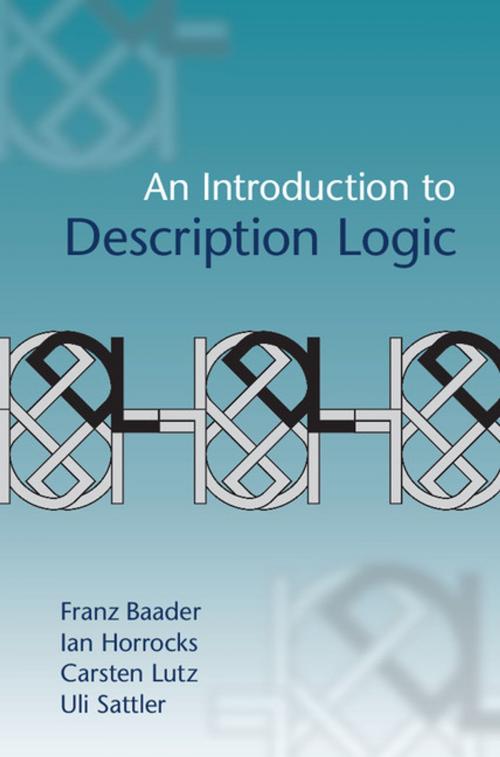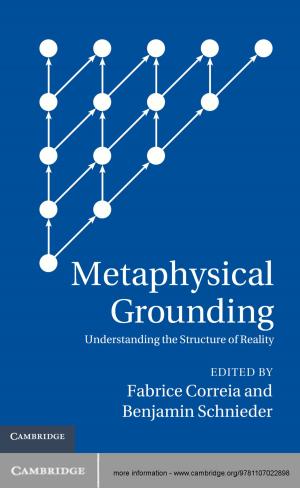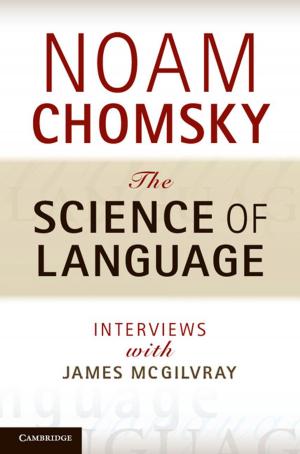An Introduction to Description Logic
Nonfiction, Computers, Database Management, General Computing, Business & Finance| Author: | Franz Baader, Ian Horrocks, Carsten Lutz, Uli Sattler | ISBN: | 9781108206068 |
| Publisher: | Cambridge University Press | Publication: | April 7, 2017 |
| Imprint: | Cambridge University Press | Language: | English |
| Author: | Franz Baader, Ian Horrocks, Carsten Lutz, Uli Sattler |
| ISBN: | 9781108206068 |
| Publisher: | Cambridge University Press |
| Publication: | April 7, 2017 |
| Imprint: | Cambridge University Press |
| Language: | English |
Description logics (DLs) have a long tradition in computer science and knowledge representation, being designed so that domain knowledge can be described and so that computers can reason about this knowledge. DLs have recently gained increased importance since they form the logical basis of widely used ontology languages, in particular the web ontology language OWL. Written by four renowned experts, this is the first textbook on description logics. It is suitable for self-study by graduates and as the basis for a university course. Starting from a basic DL, the book introduces the reader to their syntax, semantics, reasoning problems and model theory and discusses the computational complexity of these reasoning problems and algorithms to solve them. It then explores a variety of reasoning techniques, knowledge-based applications and tools and it describes the relationship between DLs and OWL.
Description logics (DLs) have a long tradition in computer science and knowledge representation, being designed so that domain knowledge can be described and so that computers can reason about this knowledge. DLs have recently gained increased importance since they form the logical basis of widely used ontology languages, in particular the web ontology language OWL. Written by four renowned experts, this is the first textbook on description logics. It is suitable for self-study by graduates and as the basis for a university course. Starting from a basic DL, the book introduces the reader to their syntax, semantics, reasoning problems and model theory and discusses the computational complexity of these reasoning problems and algorithms to solve them. It then explores a variety of reasoning techniques, knowledge-based applications and tools and it describes the relationship between DLs and OWL.















